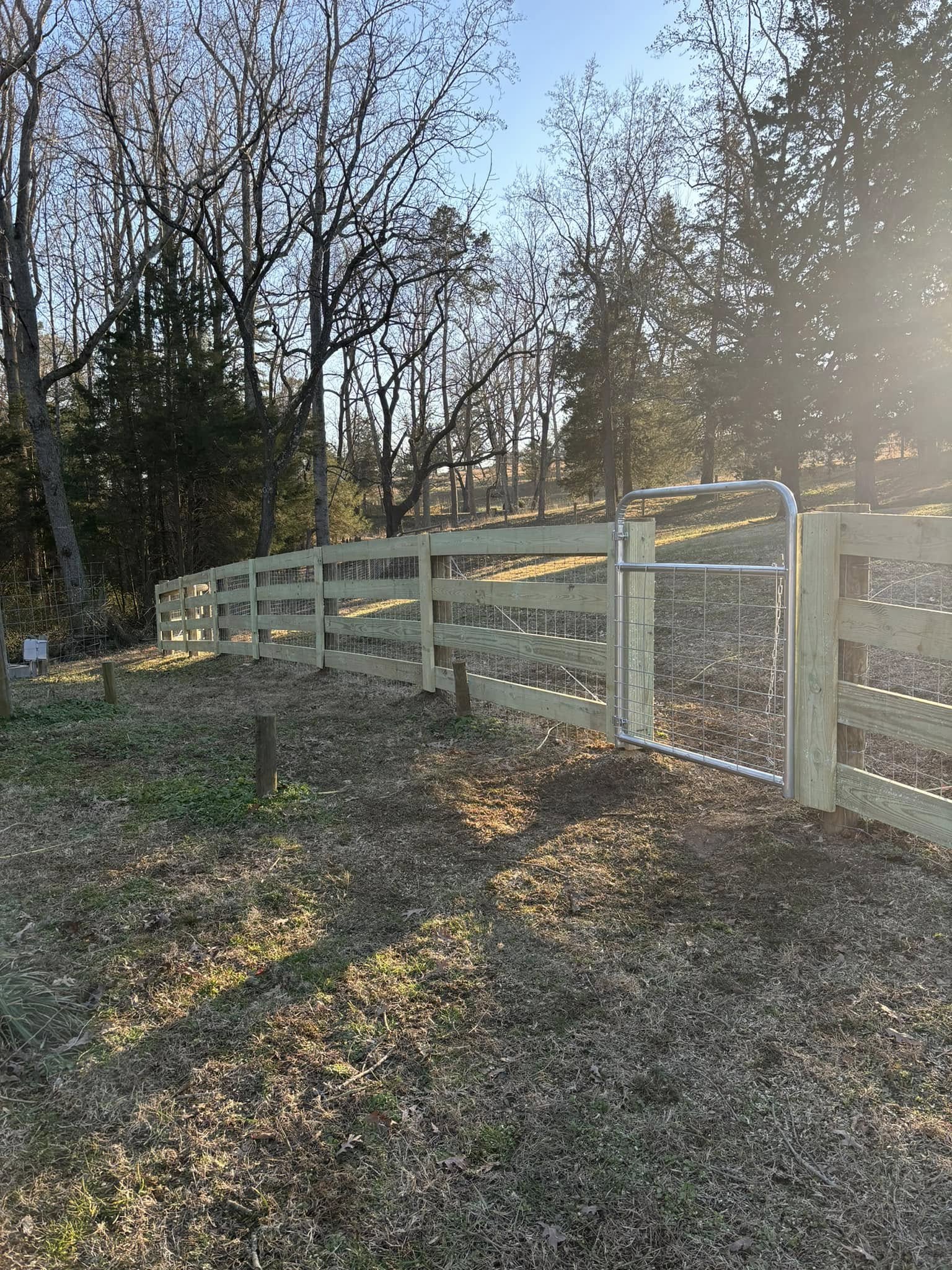
Expert Tips for Choosing the Right Fence for Your Property Oct 22, 2025
Start by identifying the primary purpose of your fence. Are you looking for privacy, security, or simply aiming to add a decorative element to your yard? Defining the main function of your fence will help narrow down your options and make the selection process more manageable. Privacy fences are often built taller and from solid materials like wood or vinyl, whereas decorative fences such as picket or split-rail may not offer much in terms of seclusion but enhance curb appeal.
Next, consider the material for your fencing. Each material has its unique pros and cons, so evaluating them based on durability, maintenance, and cost is crucial. Wood fences give a classic look and are often customizable, but they require regular maintenance to prevent rot and insect damage. Vinyl fences, on the other hand, are low-maintenance and weather-resistant, although they might be more expensive upfront. Metal fences, like wrought iron, provide robust security and a timeless appearance but may require periodic painting to avoid rust.
When deciding on the style of your fence, take the architectural design of your home into account. A fence should complement the home rather than clash with it. For traditional homes, classic wood fences with detailed lattice work might be suitable, while modern homes might call for minimalist metal or sleek horizontal panels.
Local climate is another critical factor in choosing the right fence. If you live in an area with harsh weather conditions, such as strong winds or heavy snowfall, opting for a strong, durable material like metal or reinforced vinyl might be wise. Wood fences might not fare as well in these conditions without proper treatment and maintenance.
Budget constraints often play a significant role in deciding which fence to install. While it's crucial to invest in quality fencing, there are various ways to ensure cost-effectiveness. Consider mixing materials — using wood for the front curb appeal and less expensive chain-link for hidden areas, for instance, can save costs while achieving both practical and aesthetic goals.
Before finalizing your decision, check the local zoning laws and homeowners association (HOA) regulations. Some areas have restrictions on fence height, materials, and placement. Ensuring compliance with these regulations can save you from costly redesigns or fines.
Finally, choose a reputable fencing company to handle the installation. Professional installation ensures durability and longevity, preventing common pitfalls that come with DIY attempts. At LB Fencing & Services, our experienced team offers not only installation but also advice tailored to your specific needs and local conditions.
In conclusion, selecting the right fence involves balancing various factors, including purpose, material, style, climate, and budget. By considering each of these aspects carefully, you can choose a fence that not only serves your immediate needs but also adds value and beauty to your property. Remember, an informed decision is a wise investment for your home.
/filters:no_upscale()/filters:format(webp)/media/a9e6ba19-a765-4fc7-adc1-e3802eb3f041.jpeg)